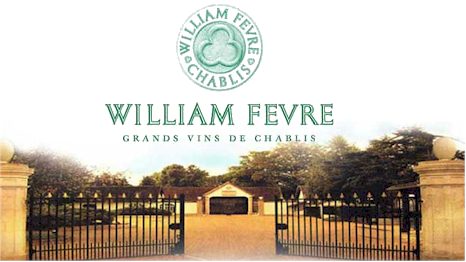Discovered by Dr Bertel Sundstrup in 1987, after a long search for the perfect site, the amphitheatre known as Dalrymple is a mere twelve hectares of sun drenched bucolic idyll, at the very heart of superior viticulture on the beauteous Apple Isle. This is Piper's Brook central, a place of auspicious winegrowing climes, long hours of sunlight and extended ripening seasons, which yield fruit of remarkable succulence, gracious acids and satin tannins. Dalrymple are a small, unincorporated winegrowing concern, whose accord with the elements and devotion to the land, are best articulated by the leisured pursuits of their chief vigneron, whose favourite pastimes are sheep herding, river fishing and making smoked goose sausages. The wines of Dalrymple Estate have established a quiet repute amongst devotees of the more elegant..
The verdant nook on pipers brook»
William James Maxwell was an architectural sculptor who migrated from Scotland to Australia in 1875. He built a mock castle and established a family vineyard just outside Adelaide, which he named Woodlands Park. His son planted vines in nearby McLaren Vale and his grandson served a term as winemaker for Hardy Wines at the historic Tintara wineworks. William Maxwell's progeny remain in McLaren Vale, producing the southern hemisphere's most successful brands of Honey Mead, as well as vintages of the most extraordinary value in McLaren Vale Shiraz. But what does Maxwell taste like? Gentleman James Halliday describes Maxwell as robust, picking the eyes out of McLaren Vale shiraz; licorice, dark chocolate, savoury firm, ripe tannins, blackberry, positive oak the icing on the cake. Terrific value. Oh yes, he suggests that it..
Made of mature vine mclaren vale »
Henry Best was a highly industrious merchant and butcher who serviced Ararat miners during the Victorian gold rush. He planted thirty hectares of vine along Concongella Creek in 1866 and constructed a commercial cellar wineworks which continue to process the most spectacular vintages until the present day. The heirloom plantings of Henry Best remain productive, as some of the most historically significant rootstock in the world. Home of the Jimmy Watson 2012 Trophy, Royal Sydney 2013 Australian Wine Of Year, James Halliday 2014 Wine of Year, Distinguished and Outstanding Langtons Classifications. Remarkable for a style that's all their own, chiselled, brooding and black. Best's Great Western endures as one of the new world's most preeminent, yet bewilderingly soft spoken viticultural estates. Just quietly, the wines are..
Carn the concongella cabernet»



























